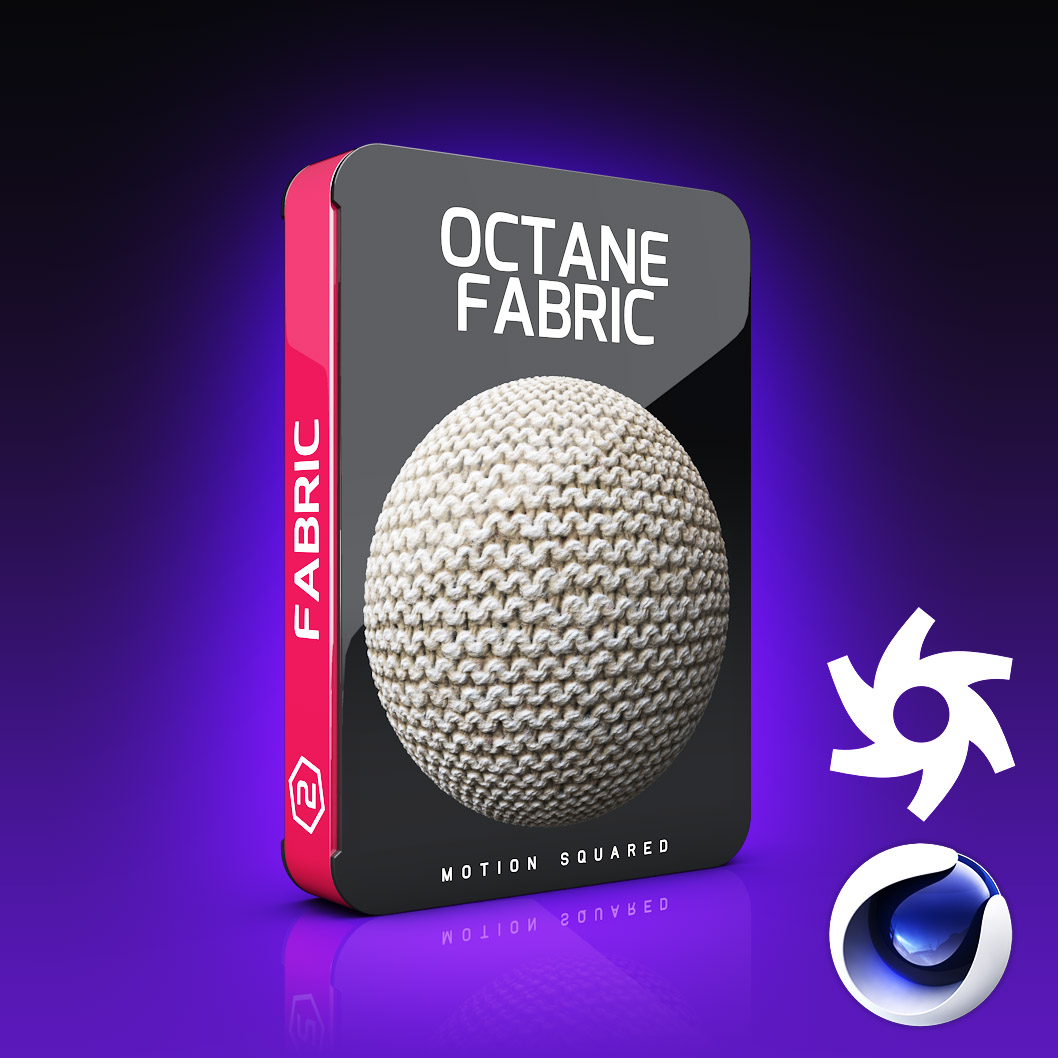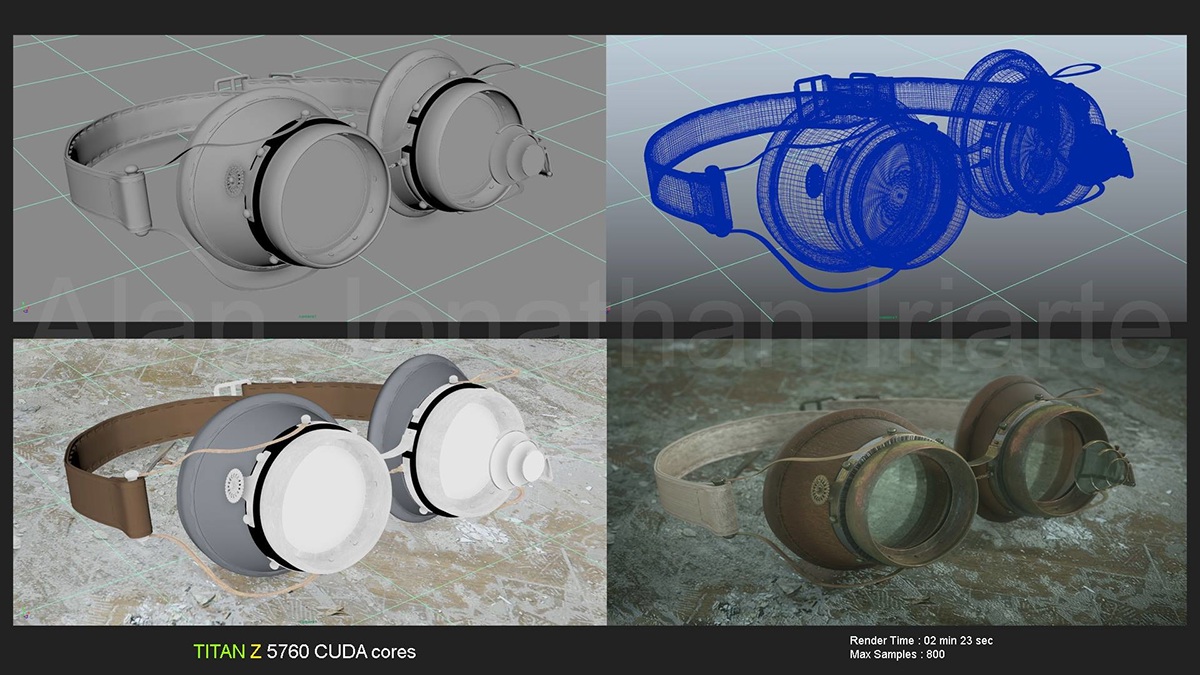

On that note, I'd like to say that with the cloner, you can go ahead and check on the render instances and that will help load it onto the GPU as well. It works really well with vegetation and trees, and it's going to work perfect for us when we actually send this to Octane.

I've done a lot of different tests with it. You will be surprised by how many instances you can actually draw onto a GPU. Definitely check out using the Octane Scatter in your project, see where you can use it. So we have a little bit of variation in the scale in the Y, and also in the rotation. So this is very powerful and allows us to do some really interesting Mograph variations if we need to. So you can use Cinema 4D effectors with the Octane Scatter. From there, we're using an actual random effector. So you can see that from the indication, not all of them are straight up. And then with the surface selected, it allows me to set the count, and, of course, we can change the scene, and how we were going to actually align it on the normal. So the surface is going to be just this area right here that I've kind of selected from some polygons that I've pushed and pulled around, and that's just going to be kind of our dirt area. And what I've done here is, you can see some of the settings are pretty similar to a Cloner Object, so we have this surface area that I'm going to distribute it so you can use vertex surface or a CSV file. So in that case, it's talking directly to the hardware, into all the technology that is driving Octane, so it's going to be much lighter. What the Octane Scatter allows us to do is to talk directly to Octane, and we're going to start drawing instances onto the GPU. Okay? So, the Octane Scatter is different from the Mograph Cloner that we have here in Cinema 4D. I've also added this tree model to our scene, and instead of having multiple variations of this tree, what I'm going to do is automate that with the Octane Scatter. And there are no settings on the actual material. We can also apply it to certain polygon faces here with a selection tag in Cinema 4D. So we can apply those to planes to help Octane out.
#Octane render fur how to#
So for the interior, it's, in most traditional cases if we're not using this portal material, it's going to be very hard for Octane to be efficient, and to be quick, and to know how to light the inside of that room. And what that's going to do, it's going to allow Octane to look at the sun spot on our HDRI, those incredibly bright pixels, it's going to fire into the scene and it's going to direct it and tell it where the openings are on this building. So portal materials are going to be on the doors and the windows.

You just go to Create Shader, C4D Octane, and then Octane Portal Material. So each of those that I've pointed out, which were four different areas, have a portal material. So, if I actually go around this way, we see we have polygon faces here, we have a polygon face here, and then we actually have another face here as well, okay, for different directions of light, and one on the back. And if I just actually go into Polygon mode, what I've done is selected areas where I wanted the light to come in. So in this room, we have our dry wall, and we actually have the baseboards and everything here. So, in this video, we're just going to be talking about how we can use, like, portal materials and other things to kind of direct the light into the room and tell Octane a little bit more about what the setup is. We've talked in depth about dielectrics and conductors, and I just kind of want to show you a little bit more of these shaders and how they were kind of put together and the actual room setup. Welcome back everyone, and in this video, we're just going to talk about some of the miscellaneous objects that have been placed around the interior, just to kind of give some more detail and make it feel like it was lived in.


 0 kommentar(er)
0 kommentar(er)
